The Volkswagen ID.GTI will reach market sometime late in 2026, according to the brand’s design chief, marking the latest VW icon to make the transition to all-electric power.
But one of the questions left unanswered is whether that electrified hot hatch will make it to the U.S. market. Based on information the German brand previously released, the ID.GTI will be closer in size to the current, gas-powered Volkswagen Polo GTI which was never shipped to the States.
“In 2026, we will introduce an electric version of this iconic model,” design director Andreas Mindt wrote in an Instagram post accompanying sketches of both the Volkswagen ID.GTI and a classic gas model.
Two GTIs
While perhaps not as famous as the legendary Volkswagen Beetle, or even the classic Microbus, the GTI has been a mainstay of the German brand since it was first revealed in 1975 at the Frankfurt Motor Show.
Back then, VW cautiously opted to produce just 5,000 of the hot hatches. But, in his post, Mindt noted that the automaker has since sold 2.8 million GTIs. And while it has pulled the Golf nameplate from the brand’s U.S. line-up, the sportier GTI version remains a fixture in showrooms.
But there are actually two GTI lines today, and here’s where it gets confusing. Based on information released last September when VW took the wraps off an ID.GTI concept that measures 160.4 inches in length, with a wheelbase of 100.7 inches. Those are closer to the less well-known Polo-based GTI that is available in Europe and a few other markets, but not the U.S. The American version of the Golf-based GTI comes in at 168.8 inches long, with a wheelbase of 103.6 inches.
Common components
That said, by using a skateboard-like “architecture” mounting batteries and motors below the load floor, that should free up space normally devoted to the engine compartment of an internal combustion engine vehicle. That’s reflected in the fact that that the ID.GTI Concept has about as much usable passenger and cargo space as the Golf GTI.
The ID.GTI Concept – and the production model to follow – are expected to use an updated version of the MEB architecture that has been the building block for current VW EVs, including the ID.4 crossover and ID.Buzz microbus. It’s going to be used for the ID.2all crossover Volkswagen unveiled earlier this month.
Engine specs have yet to be announced for the production ID.GTI, though it’s likely it will offer more than the 228 hp that the entry version of the ID.2all will make, in line with what would be expected of a product wearing a GTI badge. Whether the Polo-based ID.GTI will stick with front-wheel-drive or add an all-wheel-drive package boasting twin motors for better performance is uncertain.
The smaller version of the MEB platform is, for now, only designed for front-drive. But that might not be an issue, VW sources told Headlight.News, as the conventional GTI sold in the States — and elsewhere — has always been FWD. The ID.2all does boast a locking front differential. And it adds a distinctively shaped driver mode selector, as well.
More EV news
Chevy tells dealers to stop selling new Blazer EV until software issues fixed
Hyundai’s Ioniq 2 Could Be the Low-Cost EV the Market Needs
Dodge begins 2-year plant makeover for all-electric Charger SRT Daytona
Range, pricing, availability
Both vehicles are expected to share both 38 kWh and 56 kWh battery pack options. VW previously said the larger pack will deliver as much as 280 miles per charge with the ID.2all, but that’s using the global WLTP standard. Expect to see that dip by as much as 20% when put through the U.S. EPA test cycle. To add some perspective, the larger ID.4 with a base 52 kWh battery is rated at 223 miles per charge.
Like its competitors, VW is pushing to bring down pricing for its all-electric line-up. In Europe, the ID.2all starts around 25,000, or $27,500 at current exchange rates. As with all gas GTI models buyers would have to expect to pay a premium for the sportier packages.
A U.S. version is “under consideration,” Headlight.News was told by one source. “We’d like it but we’re not sure we can make it work.”
There’s not only the size issue but other technical factors, including the challenge of meeting U.S. crash requirements. Based on what Mindt said in his Instagram post, we should expect European production of the ID.GTI to begin in 2026 for the 2027 model-year. That would give the automaker several years to decide whether it makes sense to produce a version for the U.S.

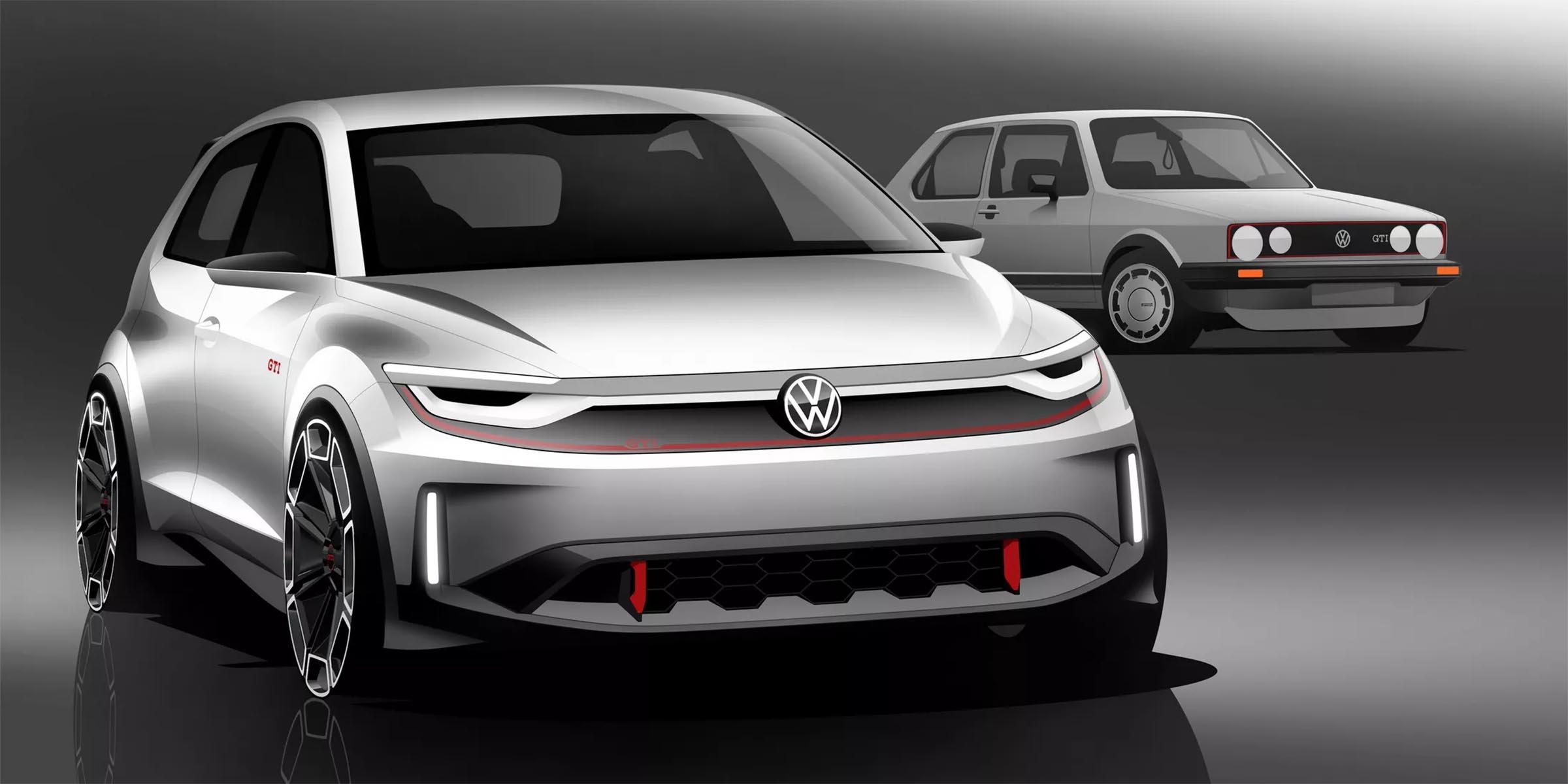
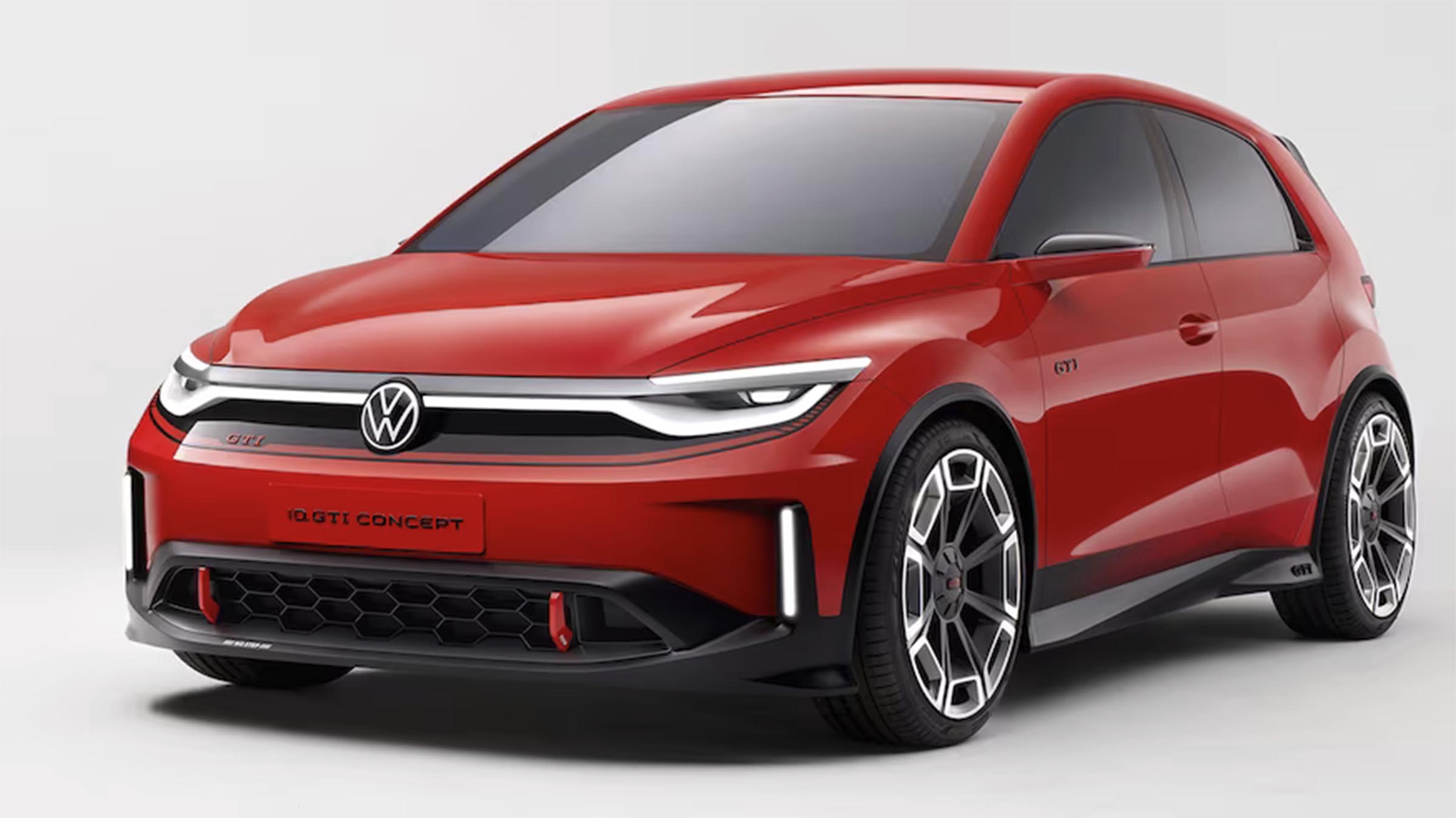
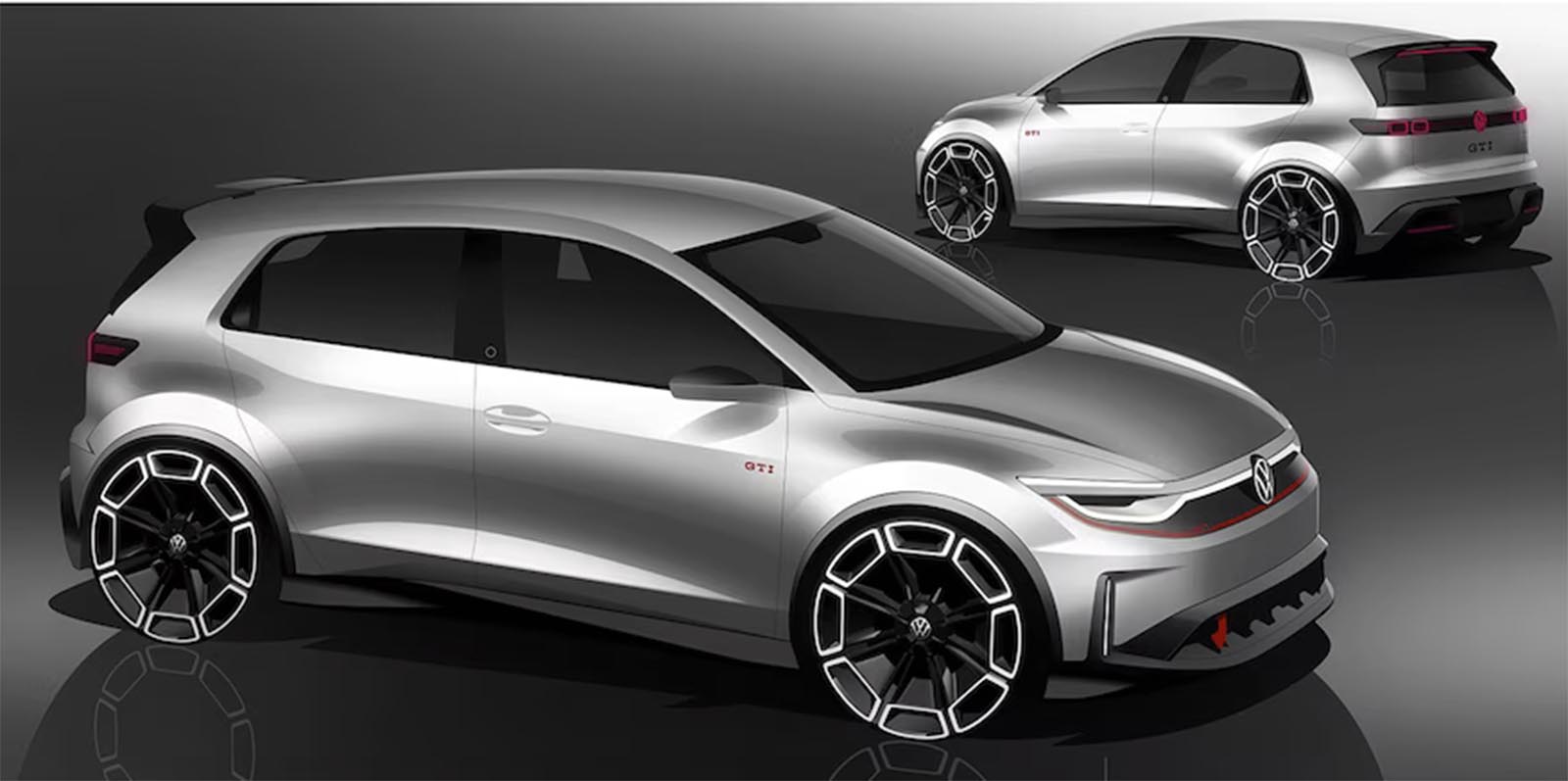
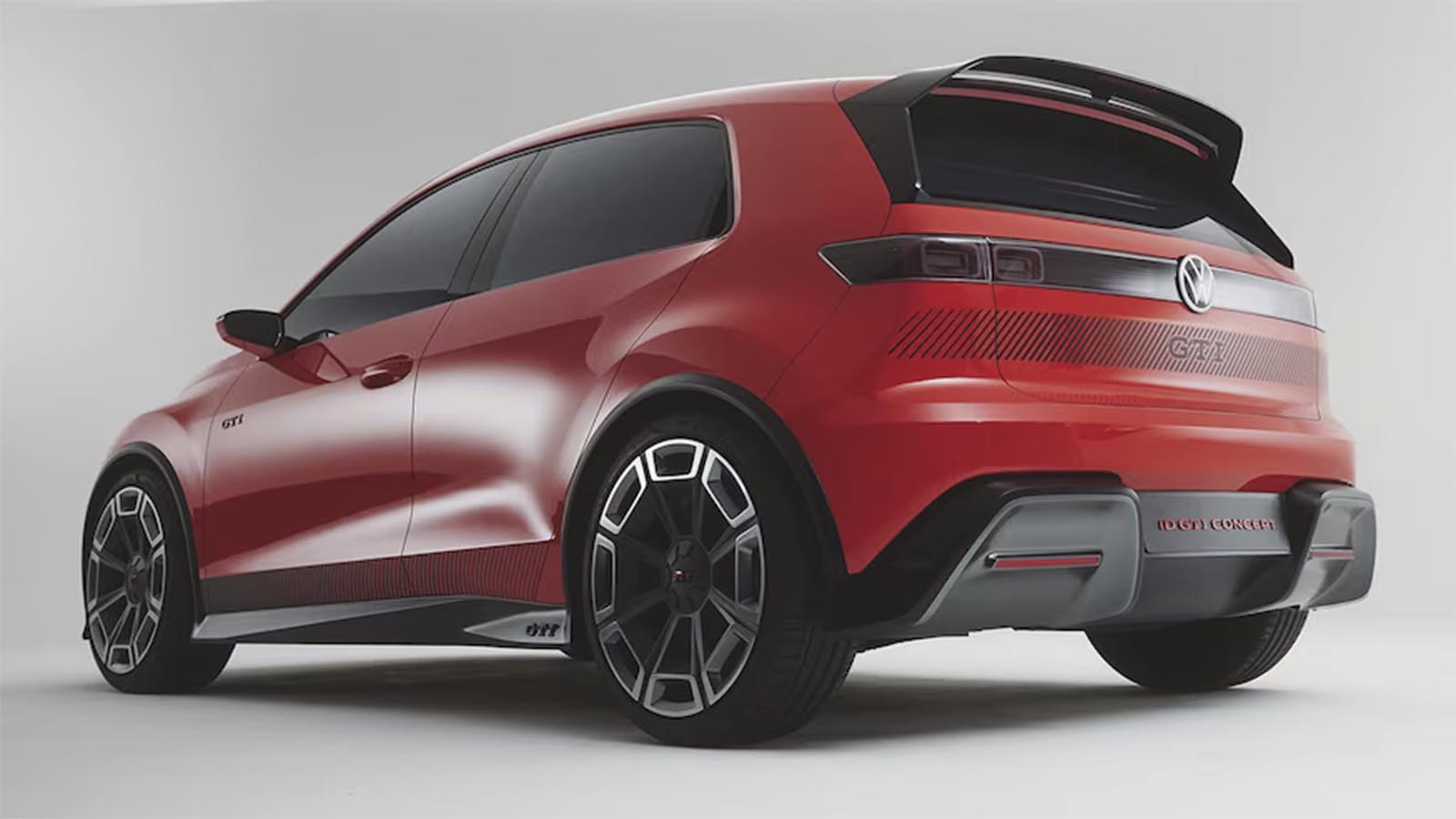
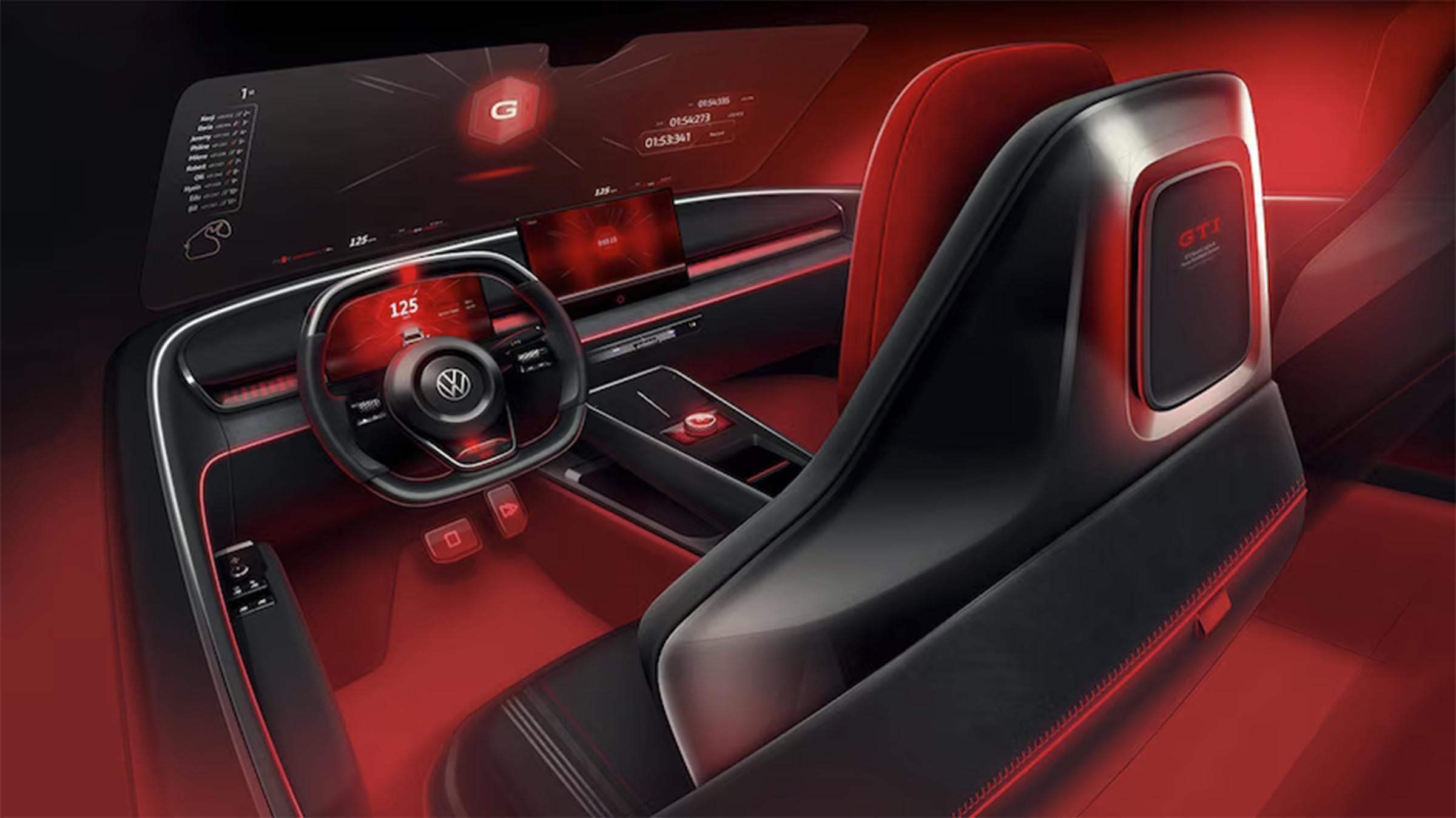



0 Comments